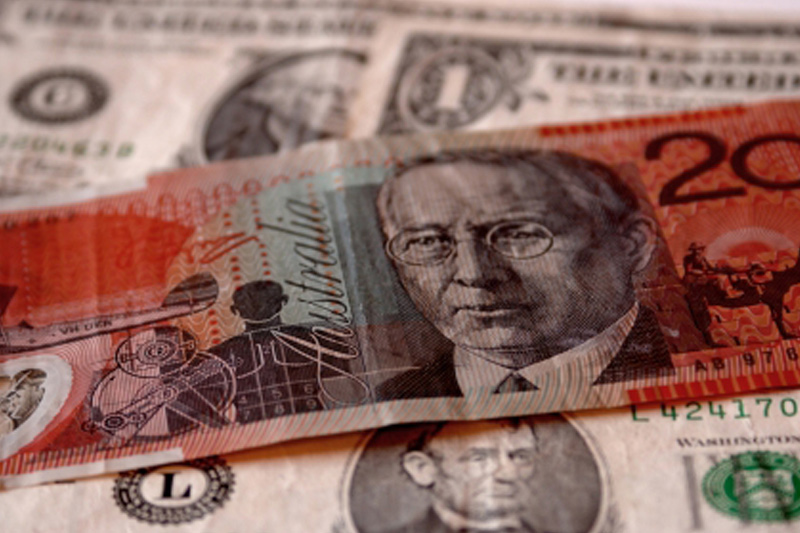Asia FX weakens as dollar regains some ground; Aussie buoyed by sticky CPI
Most Asian currencies ticked lower on Wednesday as the dollar recouped more of its recent losses, while the Australian dollar was an outlier as sticky inflation data furthered the case for a hawkish Reserve Bank.
Still, the U.S. dollar’s recovery was limited, as were losses in regional markets, as traders remained optimistic about an interest rate cut by the Federal Reserve in the coming month. Inflation data due later this week is set to offer more cues on the potential cut.
Concerns over China also kept sentiment towards Asia on edge, after Canada imposed steep trade tariffs on the country’s electric vehicle sector. Australian dollar at near 8-mth high on sticky CPI
The Australian dollar was among the better performers in Asia, with the AUDUSD pair up 0.1% at a near eight-month high after consumer price index data read stronger than expected for July.
Headline CPI rose 3.5%, slightly beating expectations on high food prices, although subsidies on electricity costs helped reduce overall inflation.
Underlying CPI fell to 3.7% from 4%, but still remained well above the Reserve Bank of Australia’s 2% to 3% target.
Wednesday’s reading spurred increased speculation over a hawkish RBA, in that sticky inflation will see the central bank keep rates higher for longer, or even raise them further.
Analysts at ANZ said while the inflation reading was higher, it was still unlikely to change the RBA’s current trajectory. Dollar recovers from 13-mth low, PCE data awaited
The dollar index and dollar index futures rose 0.2% each in Asian trade, recovering further from a 13-month low hit earlier this week.
The greenback was battered by a slew of dovish signals from Federal Reserve officials, which spurred increased bets on a September rate cut.
Traders were split over a 25 or 50 basis point reduction, CME Fedwatch showed. Recent signs of a cooling U.S. labor market furthered the case for a bigger cut, and also sparked speculation that the Fed could reduce rates by as much as 100 bps by the year’s end.
Focus this week is on PCE price index data- the Fed’s preferred inflation gauge- for more insight into the central bank’s plans to begin trimming rates.
Broader Asian currencies moved in a flat-to-low range. The Japanese yen’s USDJPY pair rose 0.3% to 144.44 yen after sinking as low as 143.69 yen, with the currency seeing sustained support from expectations of more interest rate hikes by the Bank of Japan. Tokyo inflation data due on Friday is set to offer more cues.
The Chinese yuan’s USDCNY pair rose 0.1% amid persistent concerns over a trade war with the West, after Canada joined the U.S. and European Union in imposing trade tariffs on the EV sector. Beijing decried the move, and could potentially roll out retaliatory measures.
The South Korean won’s USDKRW pair rose 0.8%, while the Singapore dollar’s USDSGD pair rose 0.2%.
The Indian rupee’s USDINR pair steadied after briefly testing the 84 rupee level, which was just short of record highs.
Source: Investing.com
